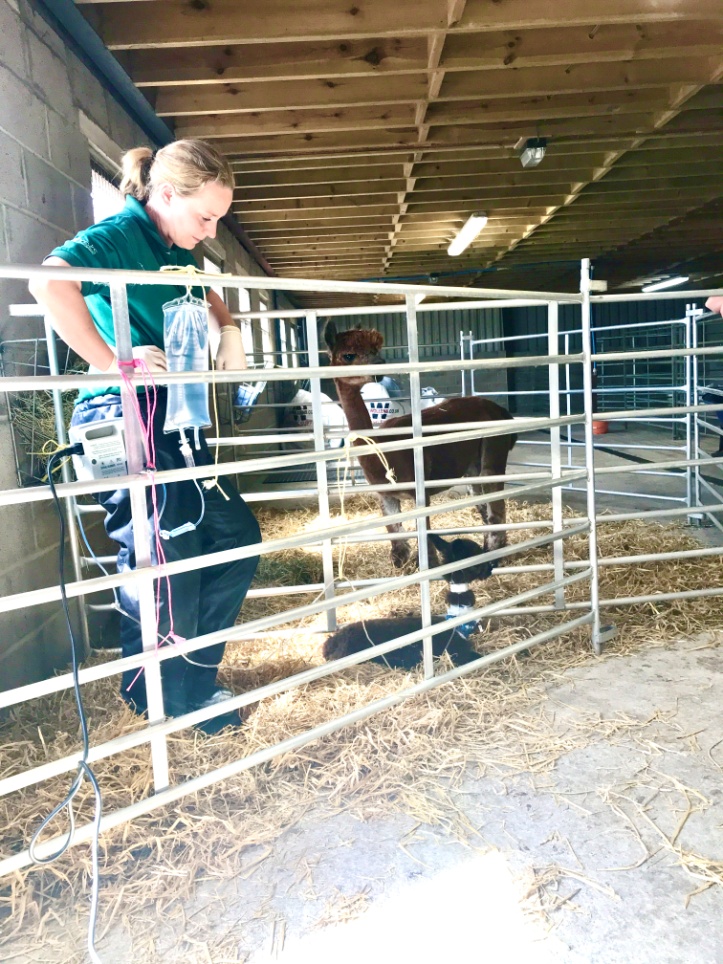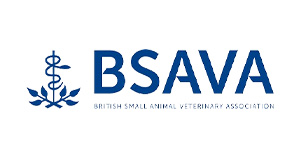Alpaca Heros
Publish on: Apr 13, 2021
Alpacas originates from the Antiplano in West Central South America. They have become popular pets in the UK. At the practice we look after several breeders of Alpacas, they are trying to produce excellent quality animals, that have great conformation as well as top quality fibers.
Alpacas have a very long gestation, on average 345 days; however, some alpacas can be pregnant for as long as 370 days. When an Alpaca has a baby, it is called an unpacking, and her offspring is called a Cria.
Cria when they are born, although they have a functional immune system; they do not have any antibodies that protect them from disease for the first few weeks of life. Cria receives all the antibodies they need from colostrum, their mother’s first milk. Sometimes if the Cria is born early or the Cria or Mother Alpaca is sick, it can mean that they do not receive sufficient colostrum to ensure they have antibody protection for the first few weeks of life.
Unfortunately, it is quite a common issue with Alpaca’s, but luckily, we are aware of this potential problem. We work together with our Alpaca breeders to harvest Plasma from Donor animals on the farms.
We collect Plasma from fully grown, typically male alpacas that are fully up to date with their vaccinations. Plasma makes up some of the components of blood. Within the plasma it contains Antibodies.
Are donor animals checked over to make sure they are fit and healthy? They have an area over their neck where the jugular vein lies, clipped and clean, we put a small amount of local anaesthetic into the skin, so the donor animals can not feel the large needle that goes into their blood vessel to harvest the blood.
The Donor animals are usually very well behaved and have to stand still for normally between 3- 5 minutes while we are harvesting their blood. We weigh out the blood that we collect into special bags that contain anticoagulation. One member of the team is gently mixing the blood with the anticoagulant to ensure the blood doesn’t clot.
Once we have harvested around 500g of blood we remove the needle from the vein, another member of the team applied pressure to the needle site, to make sure there is no bleeding. After a few more minutes the donor alpaca is put back to his stable to have a well-earned treat.
The blood in the bags is clamped to ensure a closed system so no bacteria can enter. All the relevant information is recorded on the blood bag and paperwork. Before the blood is sent away to the pet blood bank, where they process and separate the blood, so we have separate bags of Plasma and red blood cells. We normally get from one donation two units of plasma. One unit of plasma is enough for one Cria.
We get this plasma frozen, until we have a Cria born that we are suspicious hasn’t received sufficient colostrum. We check the Cria’s own blood and if the sample indicates Failure of Passive Transfer (FPT). We would defrost a unit of plasma, and carefully administer this via the Cria’s veins.
The male alpacas that behaved so well when we collected blood from them have been hero’s and saved the lives of potentially 6 babies Cria.



Author –
Kate Travitsky
Discover how colostrum and plasma donations are crucial for the survival of newborn alpacas. Learn about the process of collecting plasma from donor alpacas and administering it to crias with FPT. Ensure the health and well-being of your alpaca herd.
#Alpacas #NeonatalCare #Colostrum #FPT #FailureofPassiveTransfer #Plasma #BloodDonation #AnimalHealth #Veterinary #ExoticPetCare #FarmManagement











